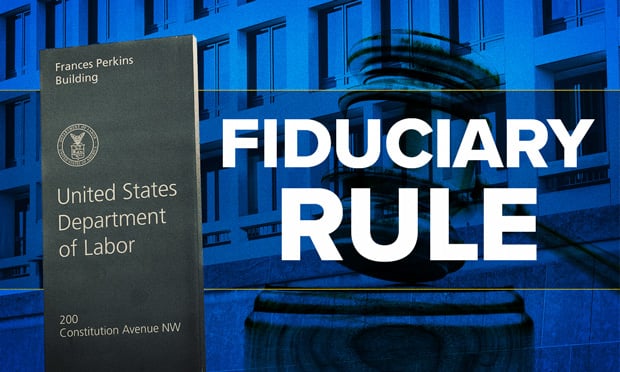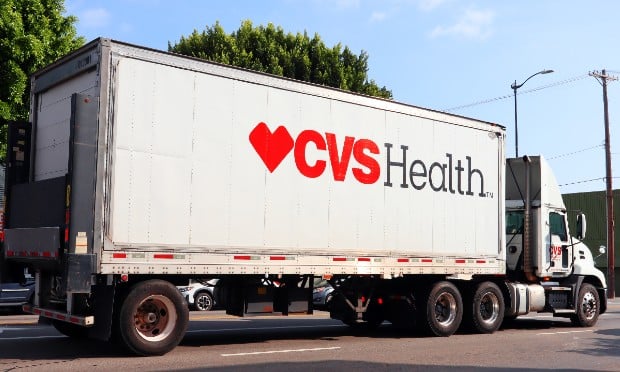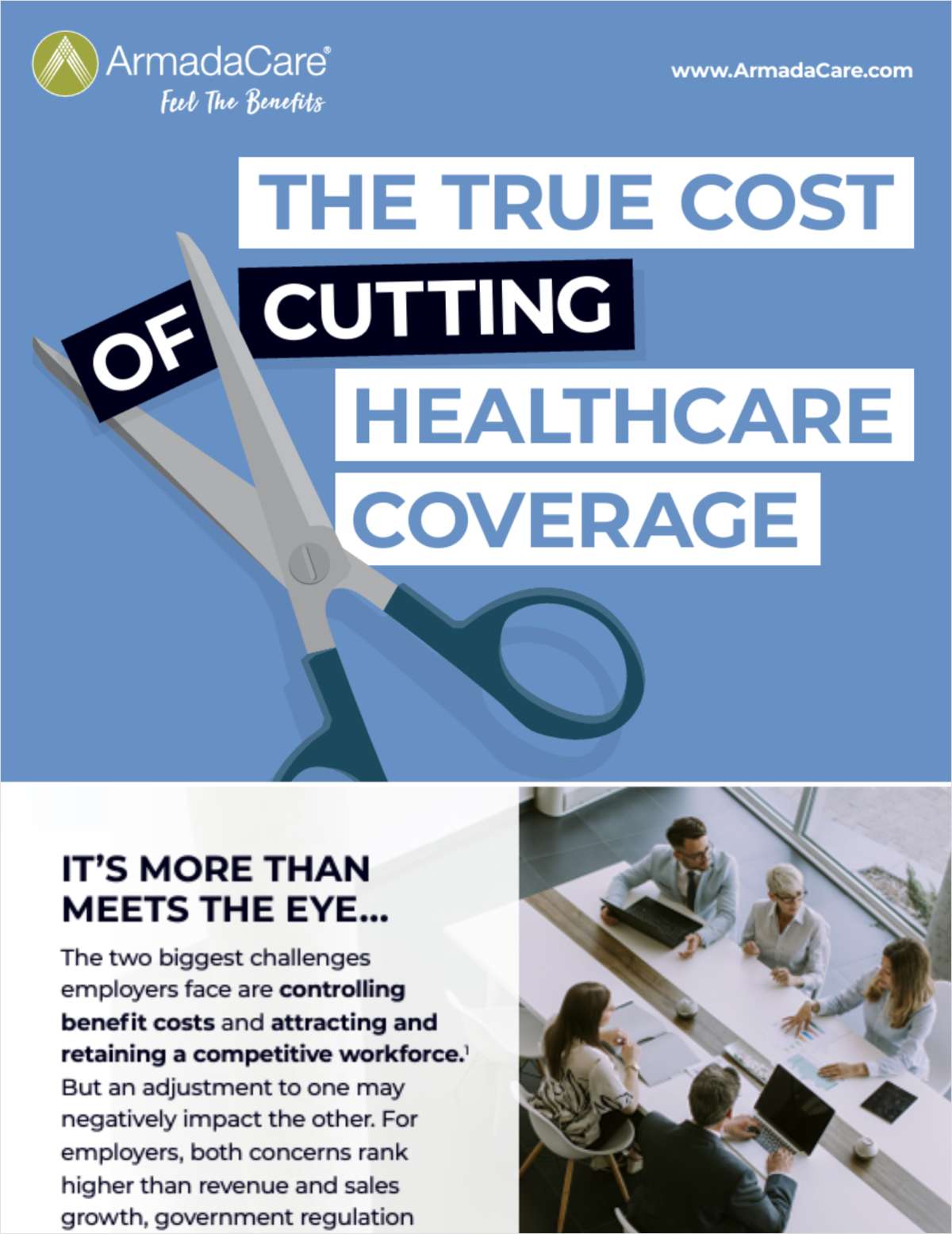
The workforce is getting younger. According to Credit Karma, millennials' average total debt is $48,611. As of September of 2023, prices have increased by 3.7% compared to September 2022 according to the 12-month percentage change in the consumer price index — the monthly inflation rate for goods and services in the US. Inflation persists in diminishing consumer savings as consumer savings rate fell to 3.8% in Q3.
Unfortunately, this is impacting the younger generation more than older generations. In fact, more than 7 in 10 Gen Zers and millennials are saving less due to those price pressures, compared with 66% of Gen X and 63% of baby boomers, according to Bankrate. Younger generations are seeking additional ways to save for the future other than just a 401(k) or Roth IRA account.
Continue Reading for Free
Register and gain access to:
- Breaking benefits news and analysis, on-site and via our newsletters and custom alerts
- Educational webcasts, white papers, and ebooks from industry thought leaders
- Critical converage of the property casualty insurance and financial advisory markets on our other ALM sites, PropertyCasualty360 and ThinkAdvisor
Already have an account? Sign In Now
© 2024 ALM Global, LLC, All Rights Reserved. Request academic re-use from www.copyright.com. All other uses, submit a request to [email protected]. For more information visit Asset & Logo Licensing.








